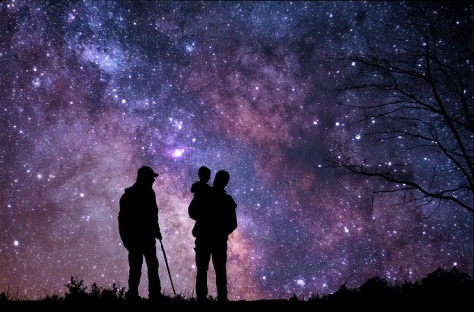My wife and I just got back from Carolina Beach. We spent Tuesday hiking through Carolina Beach State Park, a 761-acre wildlife sanctuary in southeastern North Carolina bordered by the Intracoastal Waterway and the mighty Cape Fear River.
 We need more places like this. After driving nearly 200 miles from Charlotte down I-74, much of which is garrisoned by countless installations of Burger This and Taco That, we were ready for something that wasn’t standardized and sterile.
We need more places like this. After driving nearly 200 miles from Charlotte down I-74, much of which is garrisoned by countless installations of Burger This and Taco That, we were ready for something that wasn’t standardized and sterile.
The Swamp Trail was alive with surprises. Here’s the Lily Pond, which was overflowing with dark green lily pads and dotted with white blossoms, all floating in unpolluted water.  The air around the Lily Pond smelled deliciously earthy and rich.
The air around the Lily Pond smelled deliciously earthy and rich.

Not far away, large swaths of the pine forest still showed signs of this summer’s controlled burn. This process helps clear away old and diseased vegetation, thereby freeing up nutrients for the soil and new life, such as this little guy:

If this newborn pine reminds you of the young Groot, you’re not the only one.
Swamps reaffirm the astonishing resilience and adaptability of life. The Wilmington, North Carolina area is the only place in the world where you can find Venus Flytraps. Both Pitcher Plants and Venus Flytraps evolved in an environment lacking the proteins and nitrogen needed to sustain them, so these plants started feeding on meat. We didn’t come across any Venus Flytraps on our hike, but here are some Pitcher Plants we saw waiting for their usual customers, including flies, small frogs, and even birds:

Carnivorous plants. Pretty wild, huh?
Guess you could say swamps are to our everyday environment what science fiction and fantasy are to our routine reading. In the swamp, you’re face-to-face with nature’s more fantastical creatures, creatures whose vitality and outlandish attributes force you to pay attention to them. Swamps are the incubators of wild imaginings and unexpected beauty. My story “Hunting Ground,” which was included in the Unbound II: Changed Worlds anthology, was not only set in a swamp but inspired by my boyhood ramblings in local marshes. Did carnivorous plants get a starring role? Well, their (could be) cousins did …
Getting outdoors, and hiking in particular, help you sharpen your senses. And don’t forget how experiencing nature lets you encounter beauty and rediscover peace of mind, which can lead you to becoming a more balanced person and a better writer.


